I grew up deeply embedded in the seasons. In the small ski town in Idaho where I’m from, the mountains are church and the weather is God. When I remember being a child, I remember temperature and light and how these delicious and fleeting touches of time carried everything I trusted and looked forward to. The drip sonata played off every yellow icicle on the first day there was enough grass to go outside without shoes; the oily hush of the lake at evening glass-off; watching my Dad pull sweatpants over his shorts for the chilly early construction mornings before the dry, beating sun of late summer cranked on; traversing the low, partially frozen river, rock to rock, to crack the eggshells of ice on the surface of the shallowest pools and find the disappointing treasure of fallen leaves collected in matted piles beneath; the deep, gut blue realization of having eaten too much snow.
One of the deepest questions I’ve found in my yoga — as a teacher, student, and practitioner — is what is here? We study together seeking ways to connect — and ways to stay safe with what we find when we do. What is here in the body? What is here in the practice space? In our community? What is here for me alone, for us together? How can I make space for what is here for you, and remain present to what is here for me? How do we lift up and honor a diversity of experiences How do we build tolerance and courage so that we can stay here — together — when we want to run away? How do we forgive ourselves, and each other, when it is all too much?
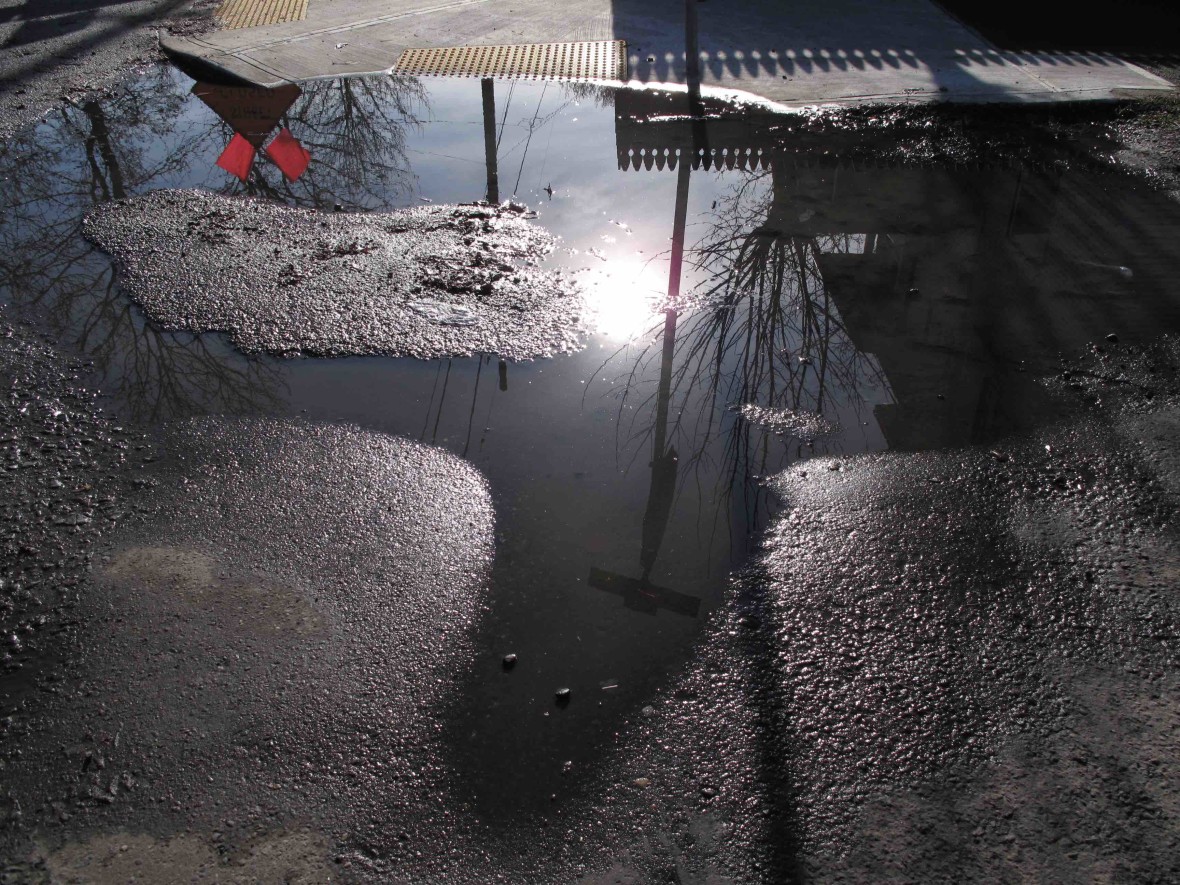
In The Wisdom of No Escape, Pema Chodron talks about meditation as an opportunity to practice remaining present in any weather:
The first noble truth says simply that it’s part of being human to feel discomfort. We don’t even have to call it suffering anymore, we don’t even have to call it discomfort It’s simply coming to know the fieriness of fire, the wildness of wind, the turbulence of water, the upheaval of earth, as well as the warmth of fire, the coolness and smoothness of water, the gentleness of the breezes, and the goodness, solidness, and dependability of earth. Nothing in its essence is one way or the other. The four elements take on different qualities; they’re like magicians. Sometimes they manifest in one form and sometimes in another. If we feel that that’s a problem, we resist it. The first noble truth recognizes that we also change like the weather, we ebb and flow like the tides, we wax and wane like the moon. (p 39)
In my reading of this talk, Chodron is making three essential offerings: an embrace of cycles and changeability*, internally and externally; an invitation to move toward sensation as it is, without judgment, and the possibility of connection to the elements that goes down into our most subtle selves and is expressed across the spectrum of our physical and emotional experiences. In this formulation, there is not a better kind of weather or a better kind of body. Access to practice, here, is as universal as access to the weather. From where I stand, deeply complicit in the segregated, privileged, capitalist industry of modern American yoga — any step in this direction is one I want to take. But how?
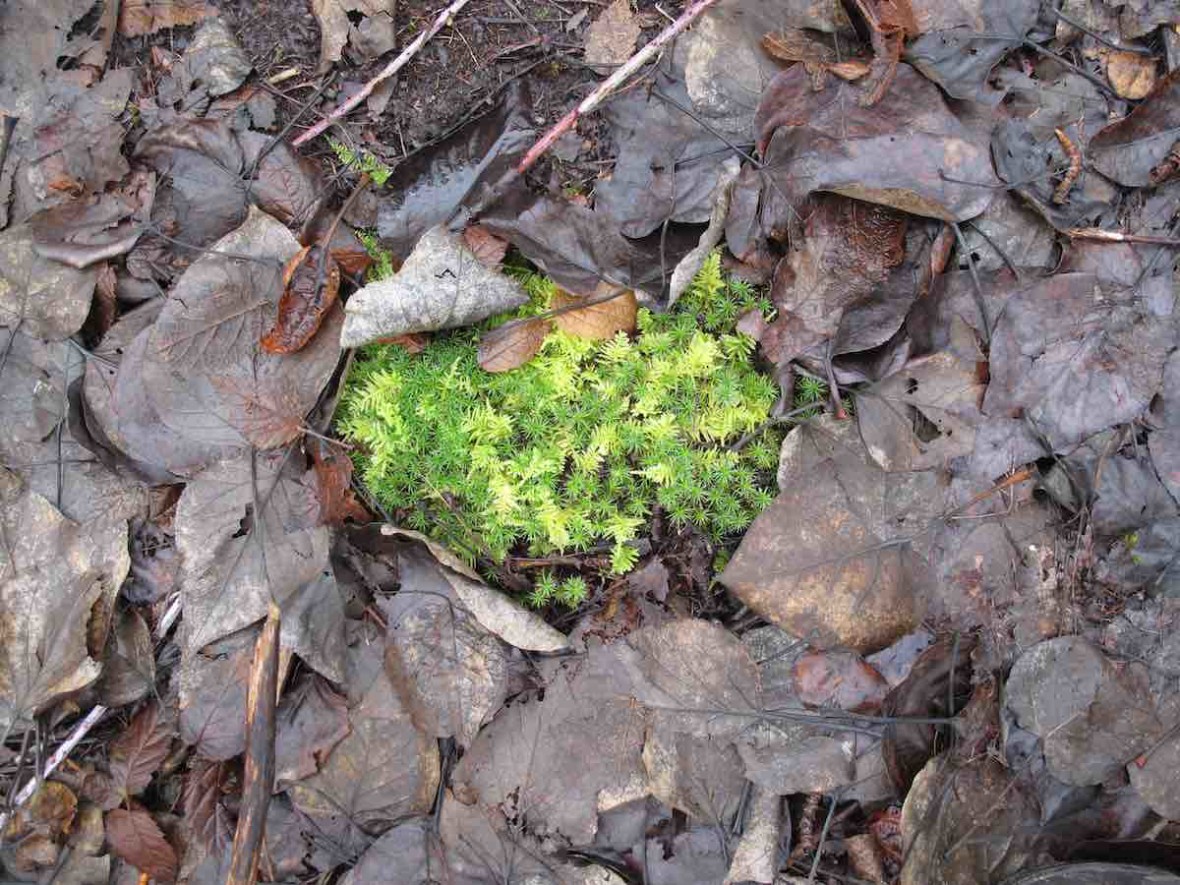
Years ago, in my ongoing quest to connect my practice of being in the present to the repetitive rhythms I feel so fed by, I started studying a Traditional Chinese Medicine text given to me by my long-time acupuncturist and friend. This friend has been my primary doctor since early adolescence. Along with the understanding I have gained from her over the years, I received training in the Five Element system while I was studying Qi Gong, Tui Na, and Shiatsu at massage school. Instead of Chodron’s four, TCM finds five elements, and five seasons.^ What Lonny Jarrett does in Nourishing Destiny is offer a deep study of the elemental archetypes as they are expressed throughout the spectrum – universal to personal. He also depicts the Daoist vision of destiny:
Heaven mandates a unique mission for each of us to fulfill in this life. Recognizing and accepting this mission is only the first step in fulfilling the contract. Only through continually bringing our original nature into the world may we cultivate and preserve … the source of each individual’s power and authority in life. (p 31)
In Jarrett’s rendering, fulfilling destiny is a process of “joining heaven within (the commands stored in jing) with heaven without (the situations sent to one by heaven)…” In my worldview, the mingling of heaven within (nature) and heaven without (nurture) is felt forever in the ephemeral experience of being at home in your skin in the world. If destiny is a process of coming home to ourselves, then fulfillment is a process that happens inside the life we have, instead of – as capitalism suggests – only in the dream of a life we might achieve.
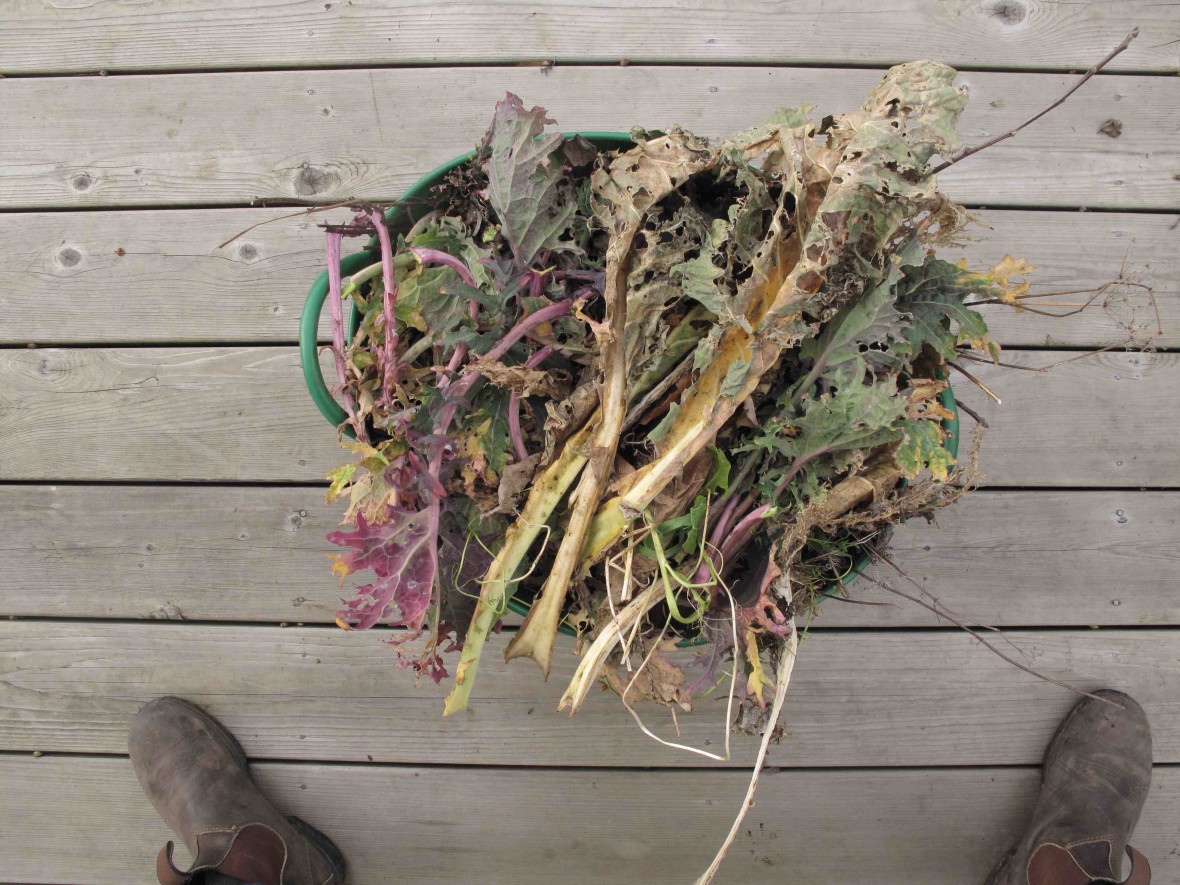
My early understanding of the Yogic path — gained through readings of texts like Patanjali’s Yoga Sutras and study with my teachers — was that it had a direction: up, out, toward freedom and away from struggle. I see now that I, personally, may have confused enlightenment with the Dream** of the American West on which I was unconsciously raised. But as Michael Remski reminds me in his ‘remix’ of the Sutras, threads of yoga, many of us fall for the mystical authority of the teachings and “the implicit promise that the core problem of human life will be resolved.”
For many of us, reading [Patanjali-s sütra-s] involves a seamless seduction into this other world. What happens there? How is it different from our own? How much older and more serene? How much wiser are these words than those we hear within?
Meanwhile, the quiet integrations of any and every moment can slip like grains of sand through our fingers. Every breath contains a pause. The heart beats without effort. You watch tall grasses reveal patterns of wind. Food melts in your mouth. An emotion rips through the flesh, erasing your name. A preverbal child gazes at you and you remember the open sky. Your lover looks downcast and your chest splits. Before sleeping, you float for an instant, suspended between gravity and space. (p 28)
Instead of an esoteric end-game of deep cleansing and studious silence, yoga, here, is held in the sort of experience that is accessible to everyone. As Swamiji said, time and again, Everything in life is yours to use. Nothing is yours to keep.
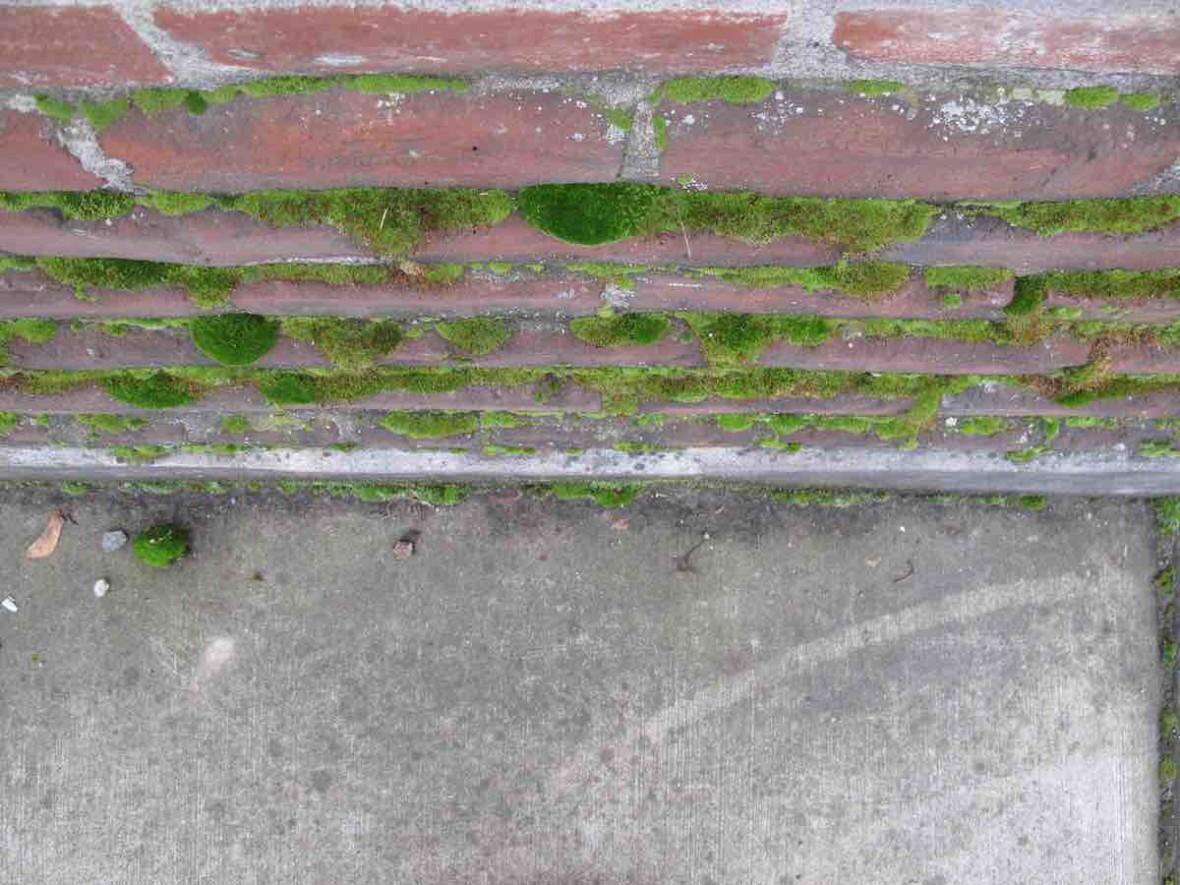
Since moving to the city – from a farm – in 2007, I have grown a garden over most of my backyard. For years I kept a blog as a place to make garden notes, and I read between the lines, now, a slow, steady shift in my understanding of Portland’s seasons, the importance and ubiquity of cycles, and the looping, self-renewing shape of sustainable growth. I found in my long, skinny beds — along with cat shit and slugs, living sustenance and work without reward — a patience and humility that my practice sorely needed. A context. A new map. Fundamentally, seasons help shape a time in the practice for each thing – growth, cleansing, sorting, planning, wondering, accepting, and resting. There are so many opportunities to let it go, and so many to try again.
As I wrote here in another season, I think the practice is valuable anywhere we find it. When you find it in your own life, as it is, it will be all the more valuable to you. That’s what the seasons are to me. Already here, already meaningful. My intention in offering any class at The People’s Yoga is to stand as a road sign on the spiritual path, pointing not out or up, but in a big fat circle, welcoming travelers wholeheartedly to the road they are already on. For me, TCM’s Five Seasons and their corresponding emotions, colors, sounds, organs, and tastes form together a sort of mystical, temporal guidebook to the constant transition of living. These guidebooks are everywhere. We are drawn to them in all shapes and with differing degrees of commitment. The first time I read Patanjai’s Yoga Sutras, I was sitting at my University commencement, sweating in my pale blue cap and gown, the sun beating on my bent head as some intellectual luminary droned in the far distance. The map of academia was already old to me; it no longer matched my experience of the world. With a small copy of Swami Prabhavananda’s translation open in my lap, I felt like a pirate with a treasure map and no decoder. Everything else faded; I knew what I needed to know.
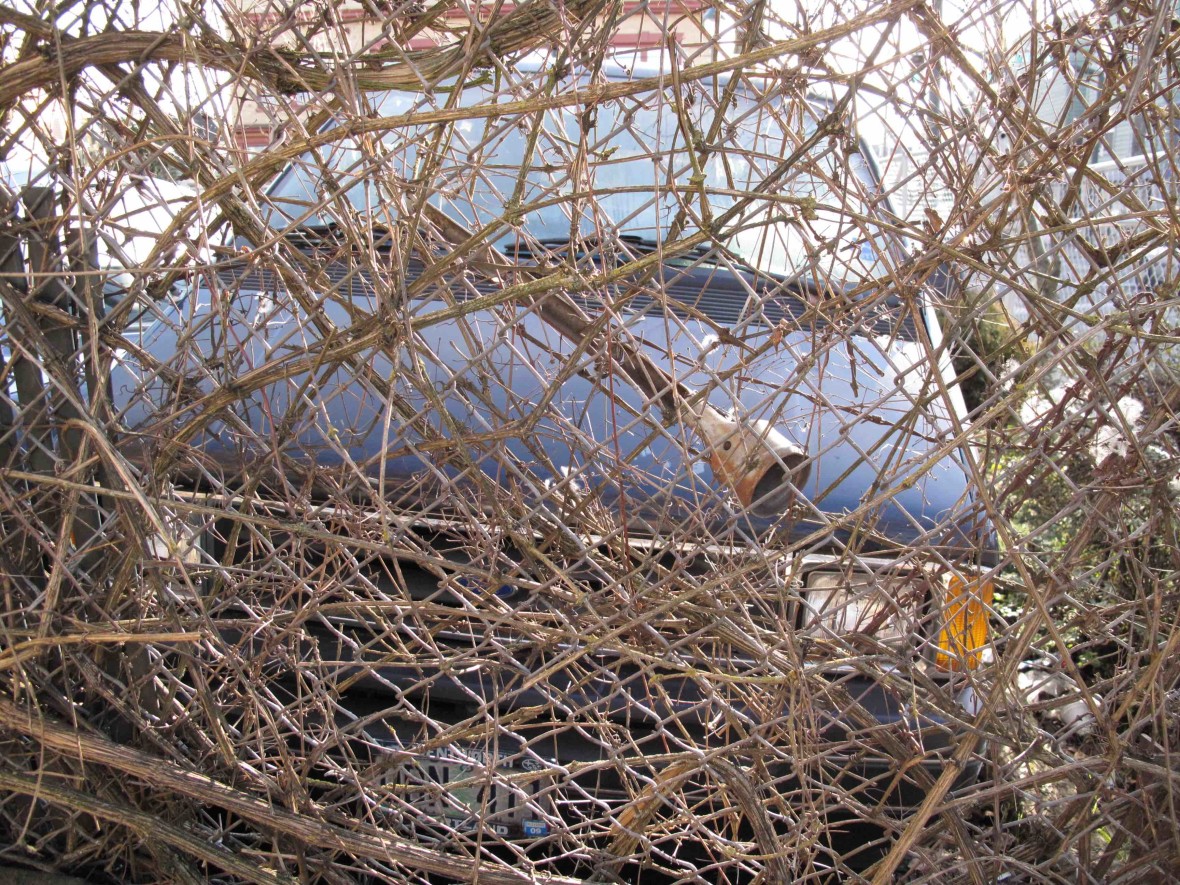
I am deeply grateful for the freedom with which I have been able to explore this treasure map over the years, but I have long since tossed out the idea of a treasure. So many venerable teachers have touched me that now I find teachers everywhere. The Yogis, the Buddhists, the Daoists: they all tell us that the essential thing is practice. “The teaching which is written on paper is not the true teaching,” writes Suzuki. “Written teaching is a kind of food for your brain. Of course it is necessary to take some food for your brain, but it is more important to be yourself by practicing the right way of life.” (Zen Mind, Beginner’s Mind, pg 28) With all due respect to Suzuki, I’d love to just snip that last bit off there — because what is ‘the right way of life?’
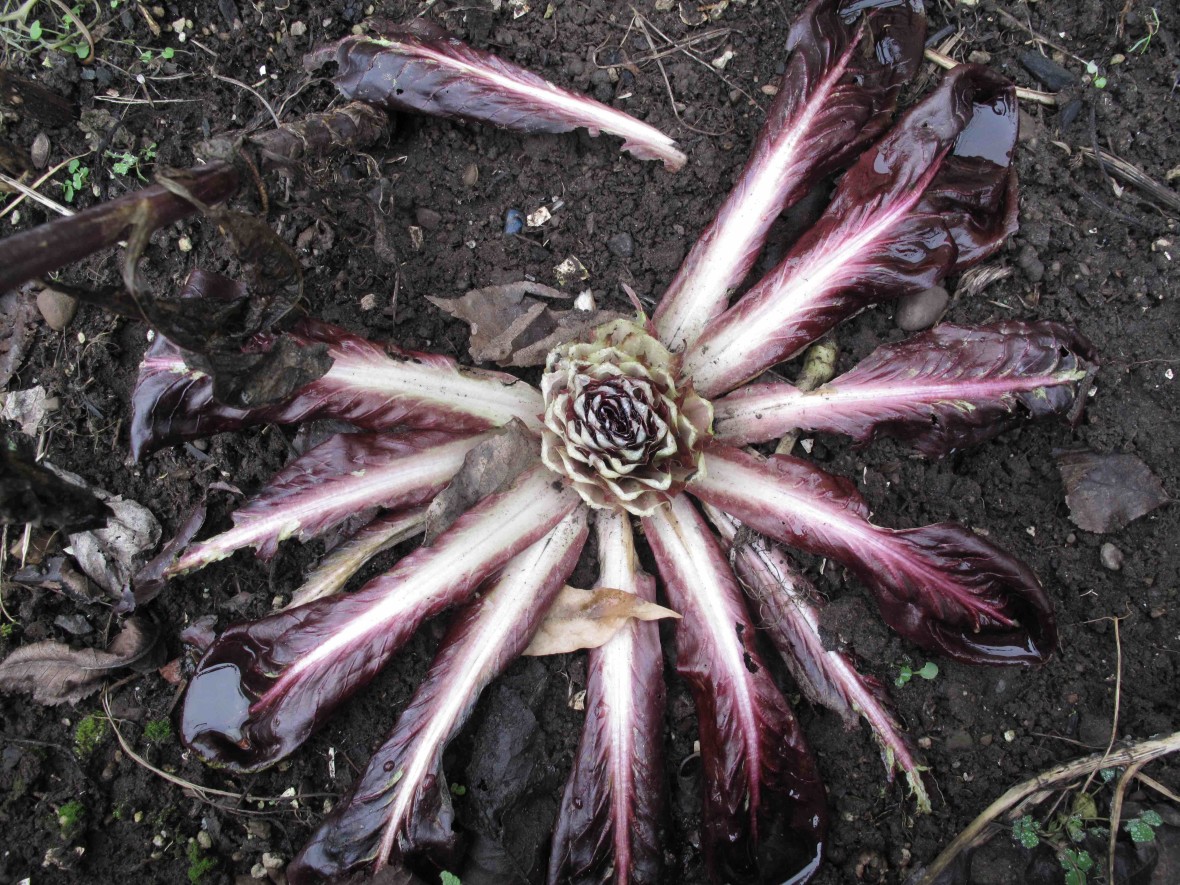
Let us try to be ourselves by practicing.
Yoga for Bigger Bodies begins January 14th; Yoga Foundations begins January 17th. Find out more.
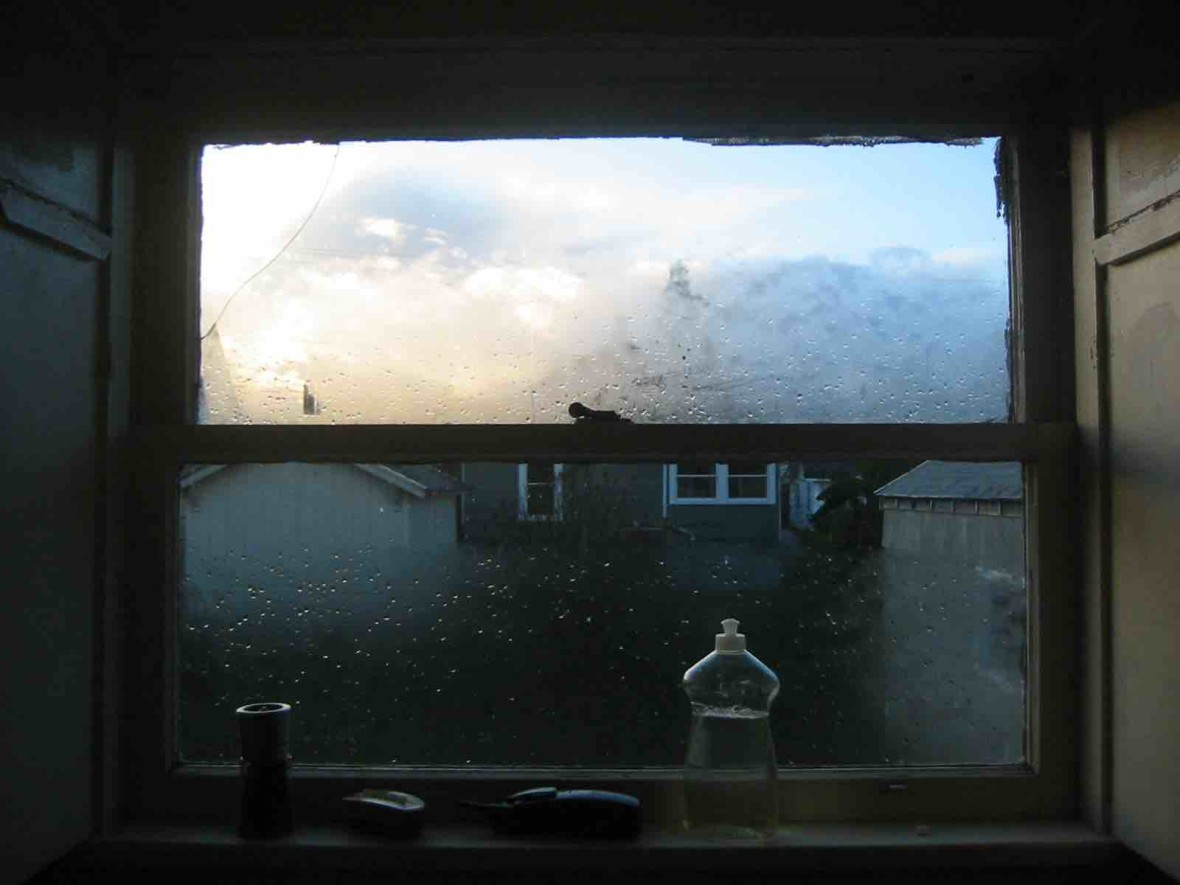
Notes:
*I personally think this is an issue to take up with the patriarchy; hetero-normative, colonialist male society’s distrust and pathologizing of the cycles that govern both Native cultures and womens’ bodies is evident in the alternative meanings of changeability offered to me by the internet: anxiety, uncertainty, volatility, insecurity, vulnerability, weakness – to name a few.
^The delineation of late summer – which was evident to me in the exaggerated temperature shifts and golden grass of the back-to-school days of my high-desert childhood – completes the loop.
**used here with Ta-Nehisi Coats’ meaning
All photographs were taken by me in winter in Portland.

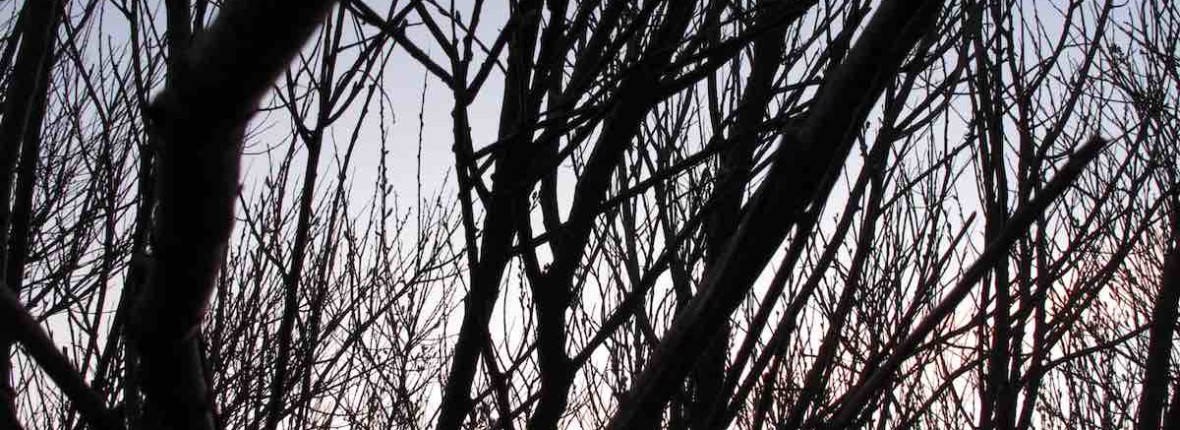
Hi Devon
I want to tell you that I look forward to your blog. I think this is the second? You pose good questions and you don’t settle for the norm. Thnaks for sharing so much. Leon